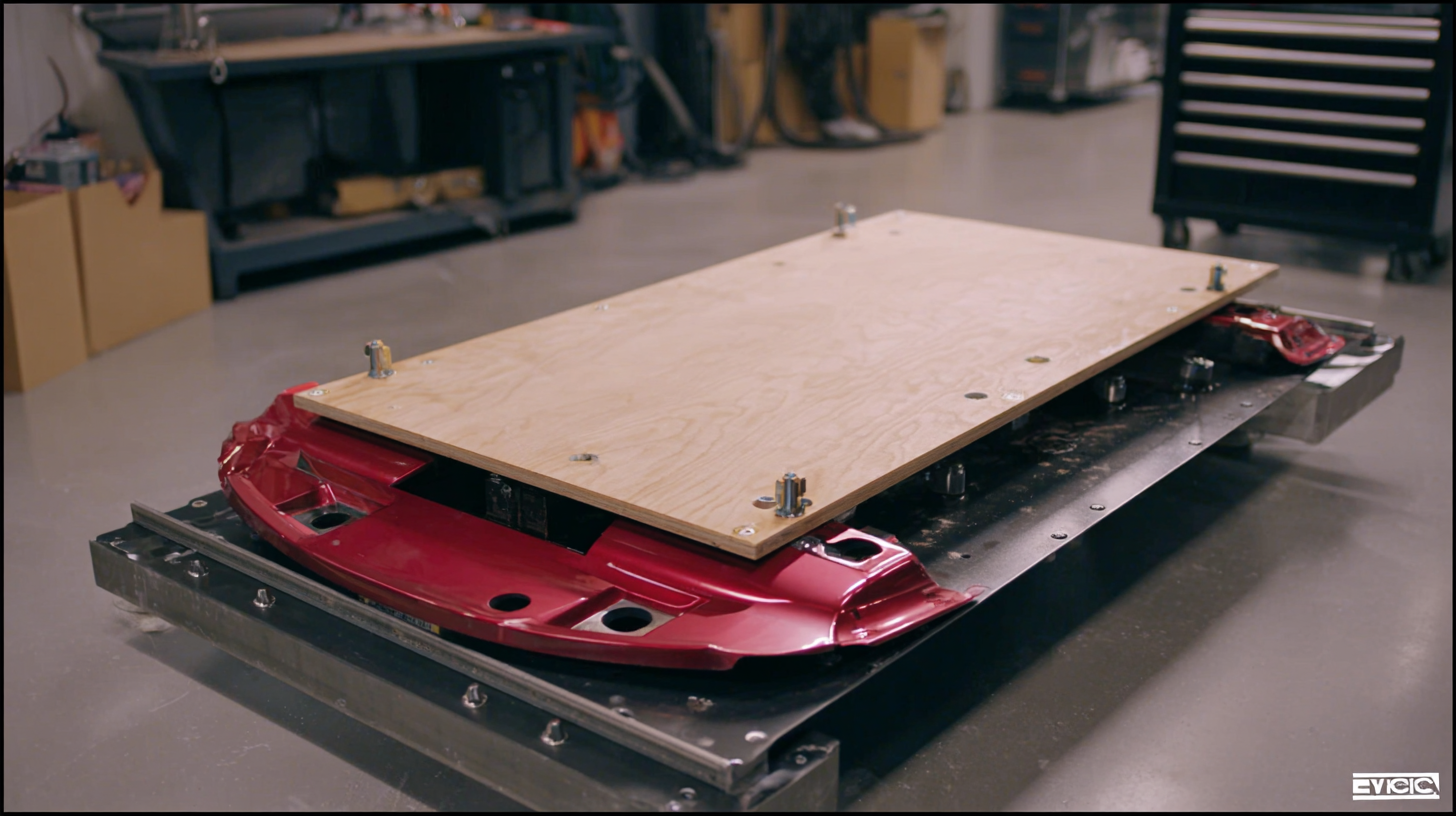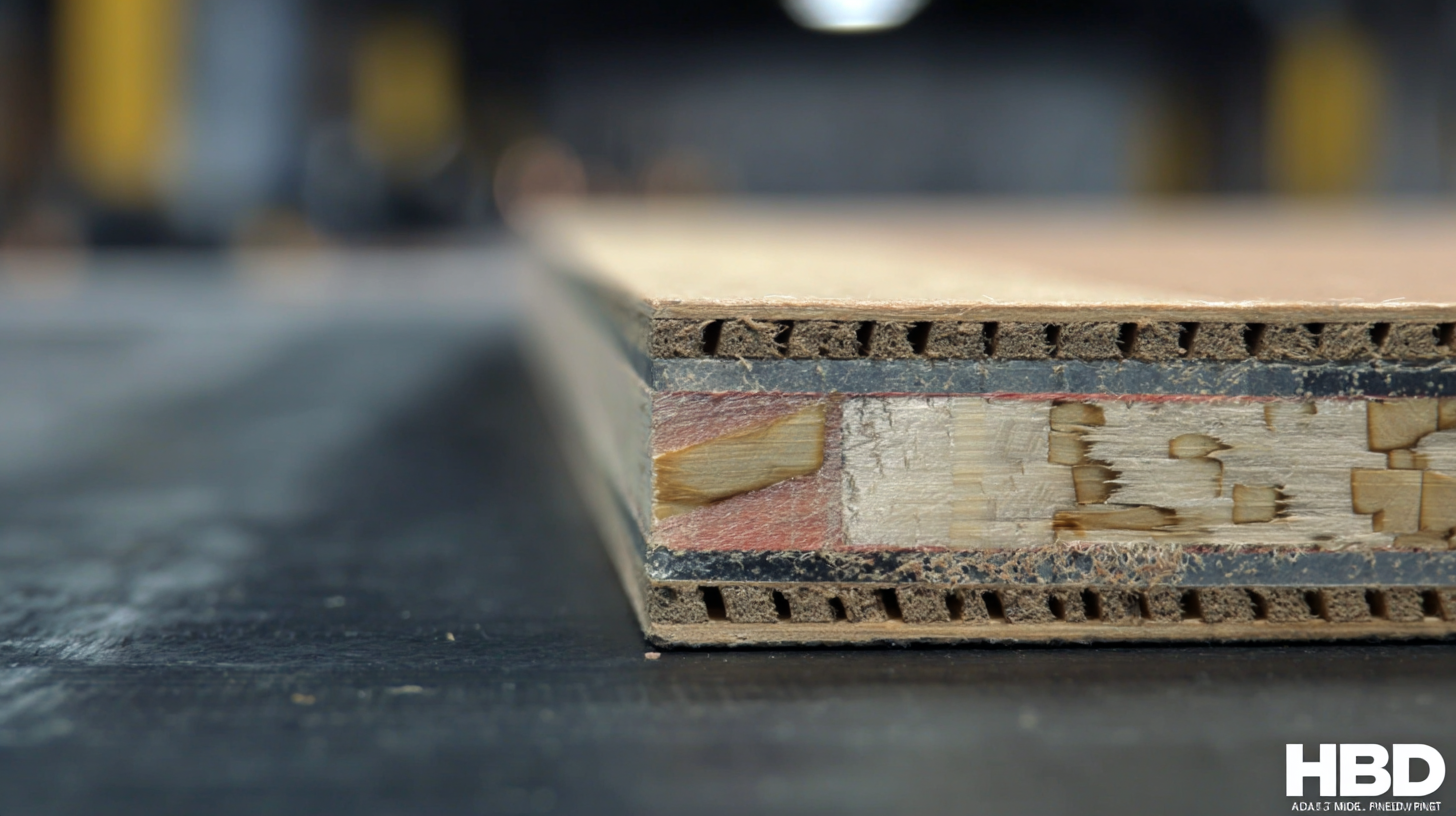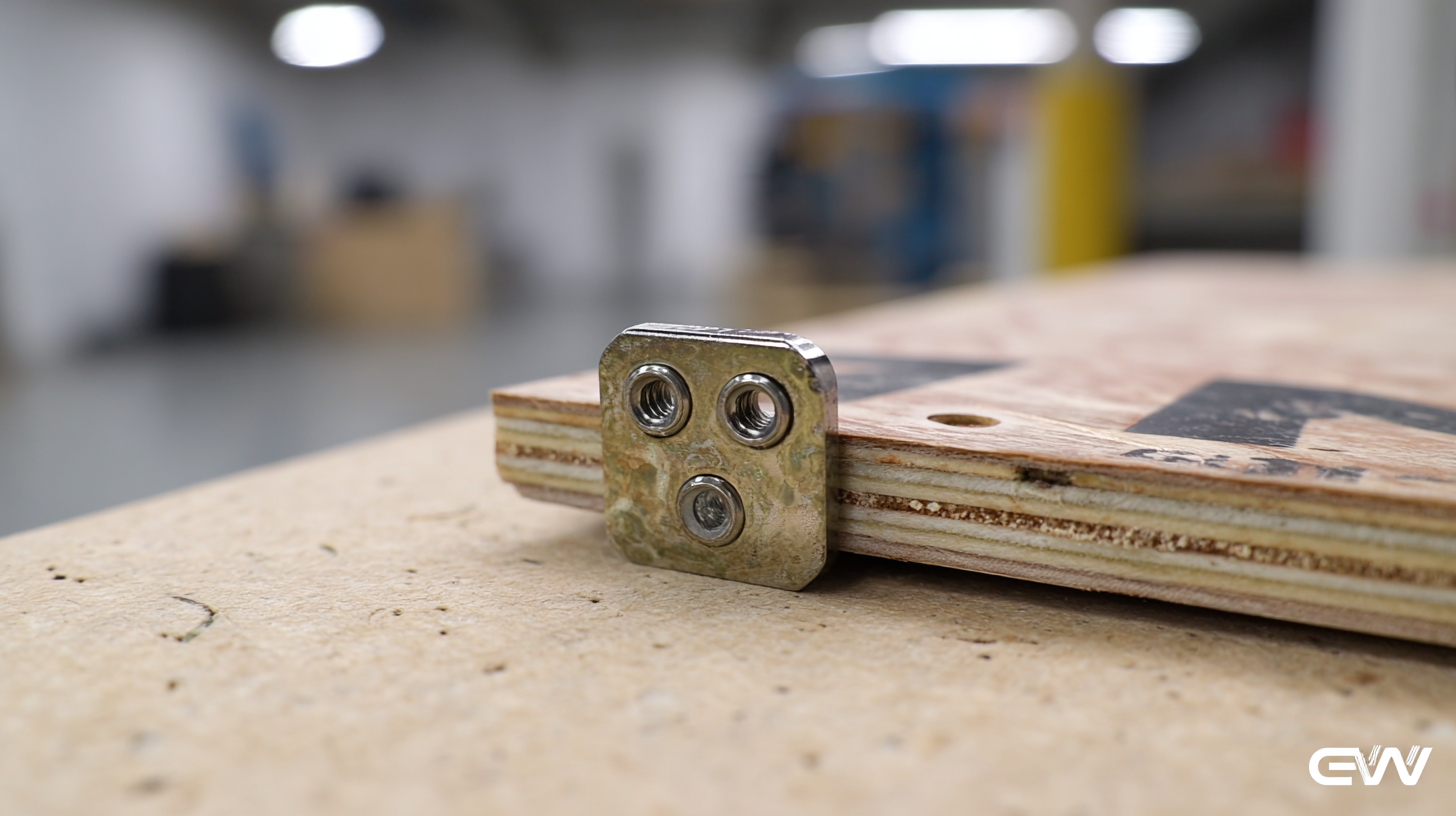


In the rapidly evolving automotive industry, the adoption of innovative materials and technologies is crucial for enhancing performance and sustainability. One such key component gaining traction is the Hollow Board Backing Plate, which offers significant advantages over traditional backing structures. With a focus on reducing weight while maintaining strength and durability, these backing plates are instrumental in driving efficiency in automotive applications.
As we look toward 2025, understanding the market trends, applications, and benefits of Hollow Board Backing Plates becomes essential for manufacturers aiming to remain competitive in an increasingly demanding environment. This blog will delve into the market analysis for the upcoming years, highlighting how leveraging Hollow Board Backing Plates can lead to improved production processes, cost savings, and ultimately, a more resilient automotive industry.

Hollow board backing plates have emerged as a game changer in automotive design, offering a unique combination of strength and lightweight properties. These plates, typically made from composite materials, provide structural support while significantly reducing the overall weight of automotive components. The hollow core design not only enhances rigidity but also allows for efficient thermal and acoustic insulation, making vehicles quieter and improving passenger comfort.
Incorporating hollow board backing plates into automotive applications leads to several benefits. Their superior adaptability makes them suitable for various parts, ranging from body panels to interior components. By utilizing these plates, manufacturers can achieve greater flexibility in design, allowing for innovative shapes and forms that were previously difficult to achieve with traditional materials. Additionally, the cost-effectiveness in production and reduced fuel consumption due to lighter vehicle weight contribute to their increasing popularity in the industry, paving the way for more sustainable automotive solutions.
In the automotive industry, hollow board backing plates are gaining traction due to their lightweight and durable properties. These plates are critical in various applications, including interior panels, sound dampening, and structural support. With the constant push for weight reduction in vehicles for better fuel efficiency, hollow board backing plates offer an excellent solution by minimizing excess weight without compromising strength.
When selecting hollow board backing plates, consider their material composition and structural integrity. Different materials, such as high-density polyethylene or reinforced composites, can significantly impact the plates’ performance in high-stress environments. Additionally, ensuring proper adhesion techniques during installation can enhance the lifecycle of the backing plates, reducing maintenance costs down the line.
Another key application lies in the customization of vehicle interiors. Hollow board backing plates can be molded and shaped to fit unique designs, allowing manufacturers to create personalized experiences for consumers. Utilizing CAD software for precise designs can further optimize the production process, ensuring a perfect fit and finish while maintaining structural support where it’s needed most.

When selecting the right hollow board backing plates for your automotive needs, it's essential to consider the specific requirements of your application.
Hollow board backing plates offer a superior combination of lightweight design and structural integrity, making them ideal for various automotive components. Factors such as load capacity, thermal resistance, and compatibility with other materials should guide your selection process.
Tips: Always assess the environmental conditions your backing plates will face. For instance, if they’ll be exposed to high temperatures or chemicals, ensure they are rated for such exposure. Additionally, consider the machining capabilities of the hollow boards; some may require specialized tools or techniques for optimal performance.
Another key factor is the ease of installation. Look for backing plates that can be easily integrated into existing systems without extensive modifications. This not only saves time during assembly but also reduces labor costs. Understanding your project needs and consulting with suppliers can also provide insights into the best products available on the market today.
When it comes to installing hollow board backing plates in vehicles, adherence to best practices is crucial to ensure both safety and performance. First, it's important to select the right materials that align with the specific requirements of the vehicle. Considerations such as weight, strength, and compatibility with existing components will significantly influence the outcome. Always consult manufacturer guidelines to ensure that the chosen hollow board meets the necessary standards.
Next, preparation is key before installation. Clean the surfaces thoroughly to remove any debris or contaminants that may hinder adhesion. Utilizing the appropriate adhesives and fasteners designed for hollow board materials will enhance stability and longevity. During installation, it’s advisable to follow a systematic approach: start with securing the corners and move towards the center, ensuring even pressure distribution. This not only strengthens the bond but also minimizes the risk of future failures. By following these best practices, the integration of hollow board backing plates can greatly enhance the overall durability and efficiency of automotive applications.
| Application Area | Type of Hollow Board | Installation Method | Advantages | Performance Metrics |
|---|---|---|---|---|
| Chassis Reinforcement | High-Strength Composite | Adhesive Bonding | Increased rigidity and reduced weight | Weight reduction by 30% |
| Interior Paneling | Foam-Core Board | Screw Fastening | Enhanced acoustic performance | Noise reduction by 25% |
| Engine Bay Insulation | Thermal Resistant Composite | Heat-Shrink Application | Improved heat management | Temperature reduction by 15% |
| Body Panels | Honeycomb Structure | Welded Attachment | Superior strength-to-weight ratio | Impact resistance improved by 40% |
The automotive industry is on the cusp of a significant transformation, driven by advancements in technology and the evolving needs of consumers. One area poised for innovation is hollow board backing plate technology. These materials, known for their lightweight yet sturdy properties, are becoming increasingly important as the focus shifts toward electric vehicles and smart mobility solutions. As urban areas grow and the demand for efficient, sustainable transportation rises, hollow board backing plates stand out as a critical component capable of supporting the weight reduction goals essential for electric vehicle performance.

Innovations in this domain are fueled by the necessity to create more sustainable automotive structures while maximizing space efficiency and functionality. The integration of hollow board backing plates can enhance the overall strength and durability of automotive components, making them particularly suitable for the demands of modern car technologies. Moreover, as manufacturers explore automated production methods, the scalability of these materials in mass production could simplify the transition toward smart mobility applications.
The future of hollow board backing plates in automotive designs heralds a new era of manufacturing, where lightweight materials not only meet safety and performance standards but also contribute to the overarching goal of reducing the carbon footprint in urban transportation systems.